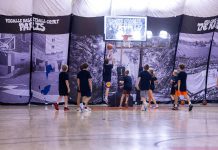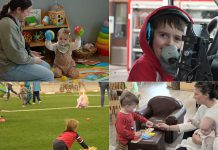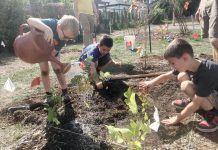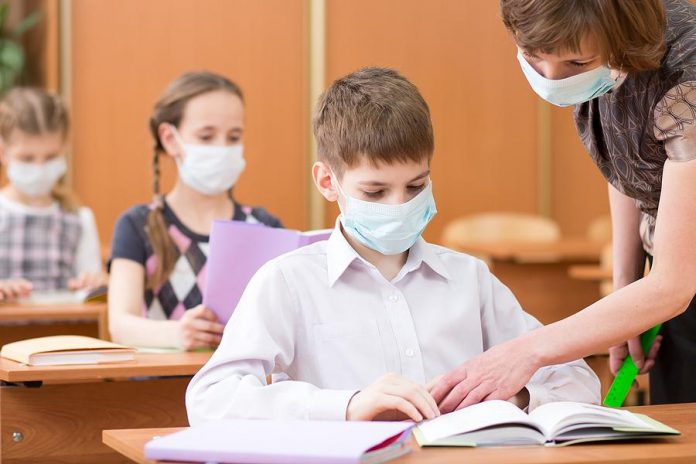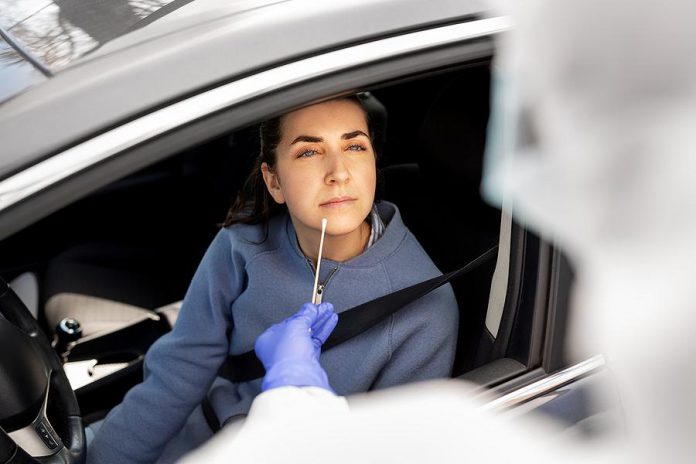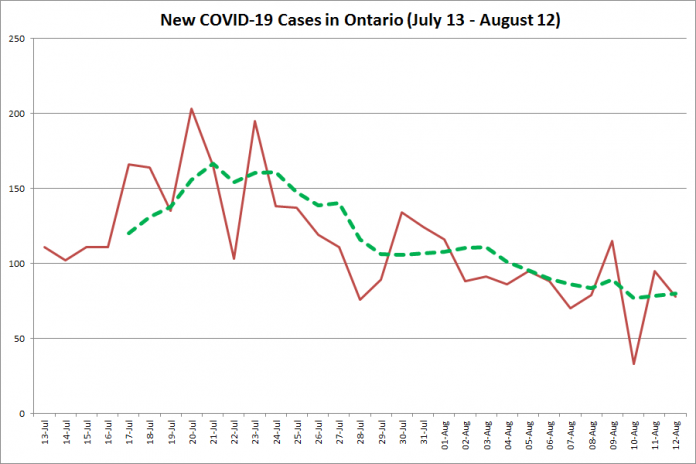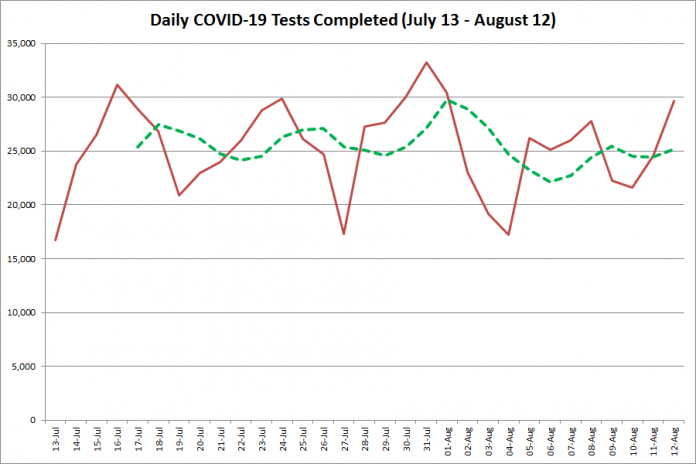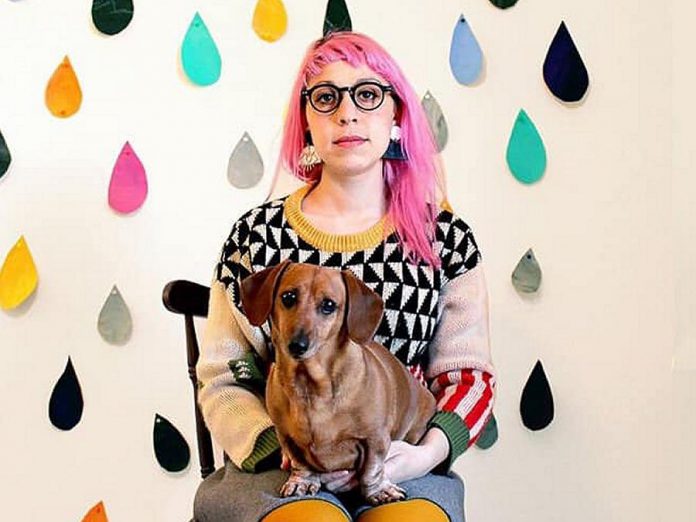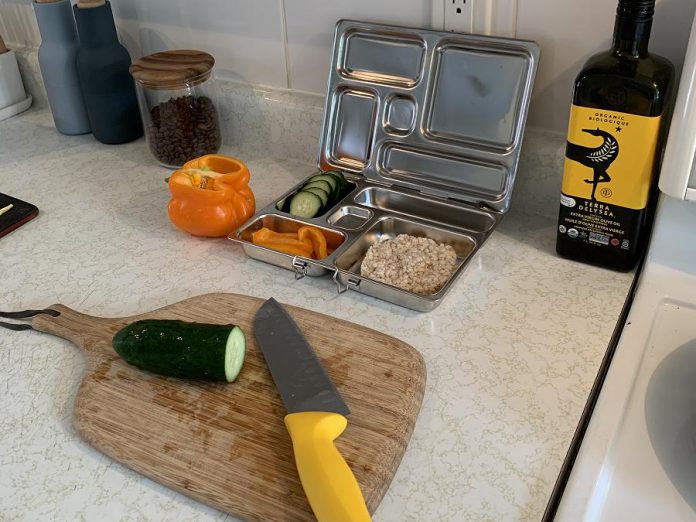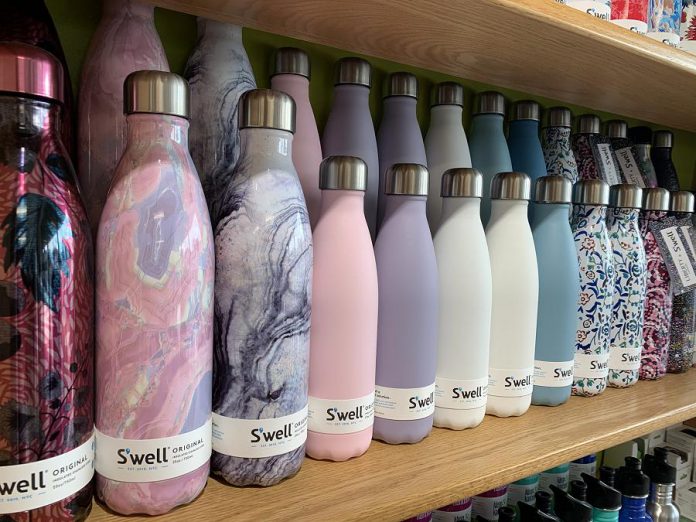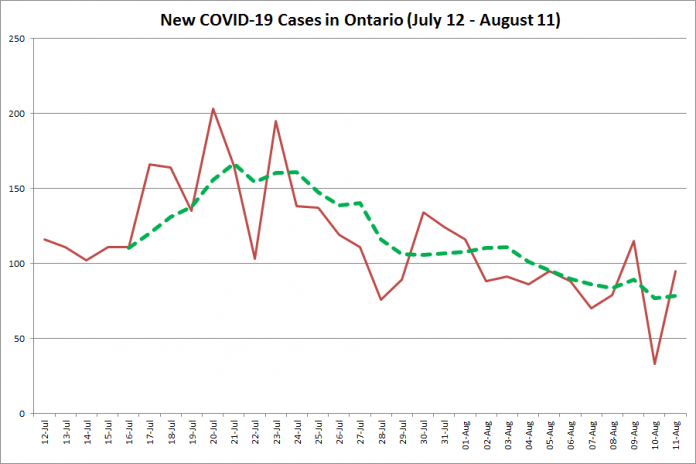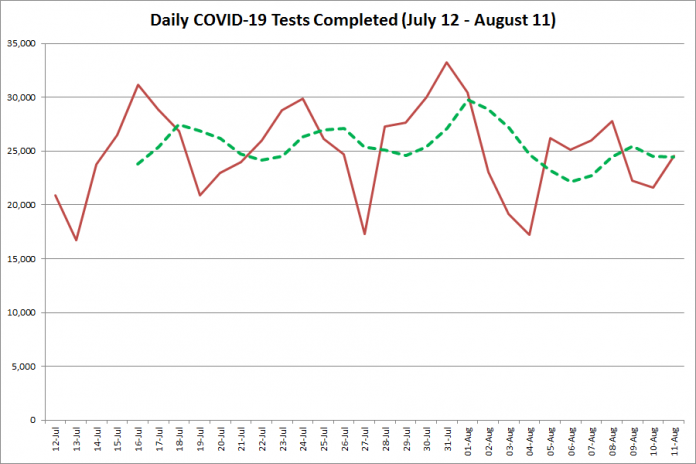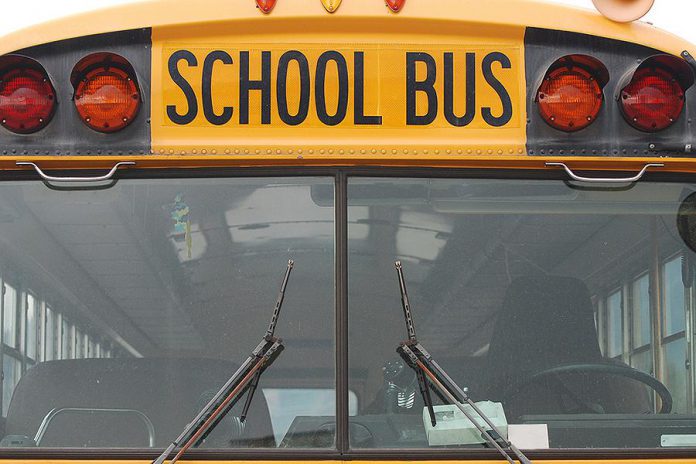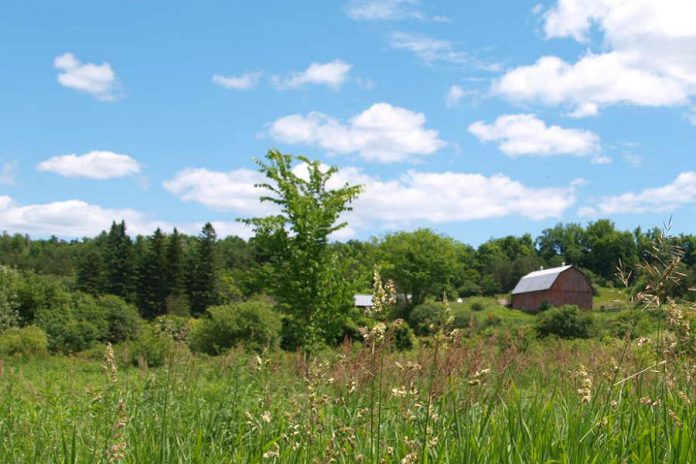Ontario education minister Stephen Lecce says he would support school boards that wish to stagger the beginning of the school year on September 8th.
Lecce’s comment at a media conference on Thursday afternoon (August 13) came hours after the Ontario Principals’ Council released a statement recommending all class sizes be limited and that the Ontario government delay the reopening of schools by an additional week, as well as stagger the first week of school.
The council, a voluntary professional association with 5,400 members, has four recommendations it believes will help ensure schools can reopen safely during the COVID-19 pandemic.
“There are additional concerns that we believe the government needs to address immediately, to ensure that students, parents, staff and administrators feel comfortable returning to school,” the statement reads.
The council is recommending that:
- All elementary and secondary schools classes be limited to a size that ensures a minimum of two metres of physical distancing between students and staff, and that all kindergarten classes be limited to 15 students.
- The start of the 2020 school year be delayed for all students until September 14, to allow schools more time to prepare for reopening.
- Students be staggered back into schools over the course of the week of September 14-18, so that not all students return to schools at once. The council states this will allow both staff and students to adjust to the new situation.
- Resources be put in place to ensure any student or staff member who may have developed the virus be tested and receive their results back on an expedited basis.
The council’s complete statement is provided at the end of this story.
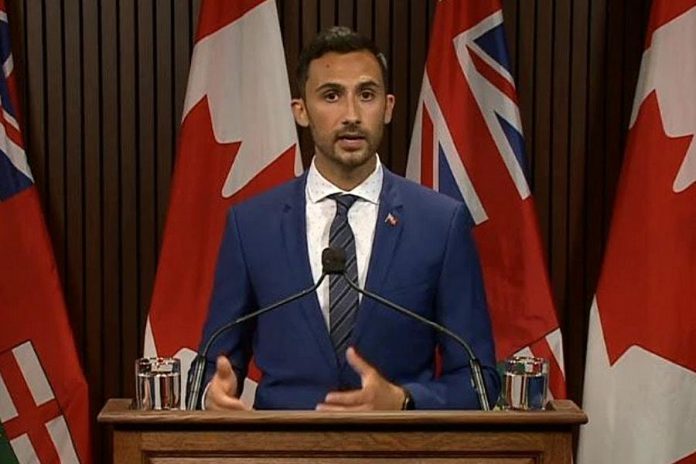
During his Thursday afternoon media conference at Queen’s Park, Lecce provided an update on Ontario’s back-to-school plan.
“Effective immediately I’m directing that boards will be able to invest nearly half a billion dollars in funding to support local priorities, with a focus on greater social distancing in class,” Lecce announced. “While many boards are already looking at utilizing other school community spaces, this funding will also support them further to do that if it is required.”
Lecce says the $496 million in funding will come from school boards’ reserve funds. The government will allow boards to access up to two per cent of their unspent contingency funding, for this year only, with the government providing up to $11 million in funding for the four boards that have no reserves.
School boards can use the reserve funds to support increased physical distancing among students by leasing additional space for classrooms, hiring additional teachers and staff, or both.
Lecce also announced $50 million in new one-time support for schools to upgrade their heating, ventilation, and air conditioning (HVAC) systems to improve air flow and quality.
“This will give peace of mind that the air our children is breathing is safe,” Lecce said. “These upgrades can commence immediately.”
For students learning remotely, from kindergarten to grade 12, Lecce says the Ontario government is mandating up to 225 minutes of the standard 300-minute day (75 per cent) for live synchronous learning (video conferencing) with a teacher. The government will provide $18 million to help school boards to hire support staff to deliver the live synchronous learning.
While Lecce did not address the statement from the Ontario Principals’ Council, in response to questions from several reporters asking how schools would be able to make any necessary improvements as a result of Lecce’s announcement before September 8th, the minister said he would support boards that wish to stagger the beginning of the school year.
“If school boards are saying to me that a bit of a more cautious restart — a staggered restart, having lower numbers of students en masse enter school — and they’d rather do it through that approach, I’m going to support any concept to de-risk the circumstance for kids, and that seems reasonable and not outside the spirit of our plan, which is to get kids back to school the beginning of September,” Lecce said.
PDF: Statement by the Ontario Principals’ Council – Reopening of Schools
Statement by the Ontario Principals' Council - Reopening of Schools

















